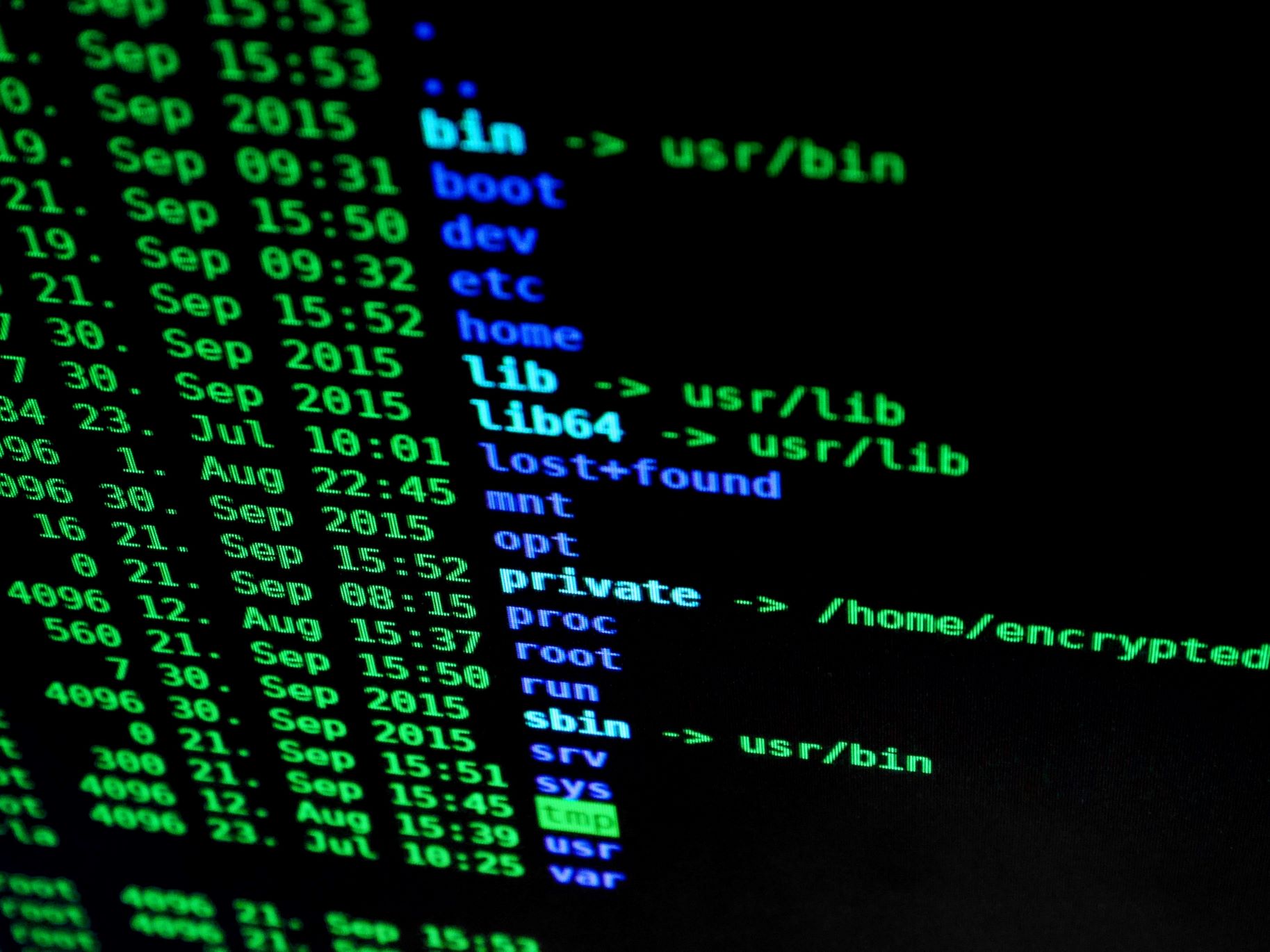WiFi network security is a major concern for businesses and home users alike, as attacks on wireless networks are becoming increasingly common and sophisticated. It is crucial to be able to detect these attacks quickly and react effectively to minimise potential damage. In this article, we’ll explore methods of detecting attacks on your WiFi network and best practice for responding proactively.
Keeping your system up to date
Keeping software and operating systems up to date is crucial to ensuring the security of your WiFi network. Network device manufacturers regularly release updates to correct discovered vulnerabilities and improve security. Here are a few points to consider:
Apply updates regularly: Make sure routers, WiFi access points and all devices connected to the network have the latest security updates. These updates often contain patches for identified security vulnerabilities, making your network more resilient to potential attacks.
Enable automatic updates: Many manufacturers offer options for enabling automatic updates. This ensures that your hardware and software are always up to date, reducing the risk of known vulnerabilities being exploited.
Monitor security announcements: Keep abreast of security announcements issued by manufacturers and software suppliers. By keeping abreast of the latest threats and available patches, you can act quickly to protect your network against new attacks.
Check security settings: In addition to software updates, make sure that the security settings on your WiFi network are correctly configured. For example, use strong encryption such as WPA3, disable WPS (Wi-Fi Protected Setup) if it is not required and use strong passwords for access to the router’s administration interface.
Monitoring traffic anomalies
The first step in detecting attacks on your WiFi network is to monitor traffic anomalies. Network monitoring tools can help you identify unusual traffic patterns, such as abnormal traffic spikes, repeated failed connection attempts or suspicious activity on specific ports. Early detection of these anomalies can indicate a possible attack in progress.
Examine event logs
Event logs from your network equipment, such as routers and WiFi access points, can provide valuable information about suspicious activity. By regularly reviewing these logs, you can spot unauthorised access attempts, brute force attacks or attempts to exploit known security vulnerabilities. This allows you to take preventative measures to secure your network.
Using intrusion detection tools
Intrusion detection tools (IDS) and intrusion prevention tools (IPS) are software or hardware solutions designed to detect and prevent malicious activity on your network. These tools can continuously monitor network traffic and identify suspicious behaviour, such as unauthorised access attempts, port scans and Denial of Service (DDoS) attacks. By integrating an IDS/IPS into your WiFi infrastructure, you can strengthen the security of your network and react quickly to attacks.
Carry out regular security analyses
Regular security scans of your WiFi network can help identify potential vulnerabilities and security weaknesses. Security scans can include penetration tests, configuration audits, vulnerability analyses and security compliance assessments. By identifying and correcting security vulnerabilities as soon as they are discovered, you can reduce the risk of successful attacks on your network.
Putting in place an incident response plan
Finally, it is essential to have an incident response plan in place to react quickly and effectively in the event of an attack on your WiFi network. This plan should include detailed procedures for reporting incidents, isolating compromised systems, collecting digital evidence, restoring data and communicating with internal and external stakeholders. By having a well-documented plan and training your staff in its procedures, you can minimise the impact of attacks on your network.
In a nutshell:
Effectively detecting and responding to attacks on your WiFi network is essential to keeping your data and systems secure. By monitoring traffic anomalies, reviewing event logs, using intrusion detection tools, performing regular security scans and putting an incident response plan in place, you can strengthen the resilience of your network and reduce the risk of successful attacks.








